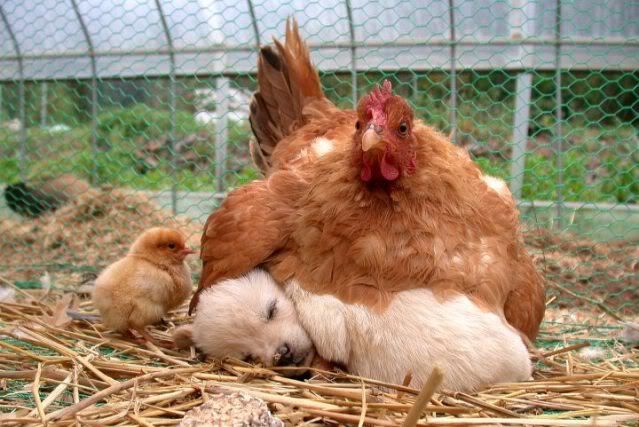In the wild, these guys can live between 40 and 60 years. That is fairly long lived, no? They can be anywhere from 12.25 feet to 15.5 feet long! Not to mention they can weigh up to 2,200 pounds.
The only crocodillian with such a narrow snout is the false gharial. How slender their snout is will depend on the individual, and their age. As they get older, their snouts will get thicker and shorter. Mature males have a bulbous growth on the tip of their snouts. Scientists think that it may have something to do with sound resonation or a visual signal to females. Or it could be both!
The reason why they have such narrow and long snouts is to make it easier to catch their favorite food. These guys prefer to eat fish, rather than the diets of other crocodile and alligator species. The only bigger animal in their family is the salt water crocodile, so these guys are pretty big.
These guys can't walk on land very well either. When they are on land, they don't even move like other alligators or crocodiles. Instead, they move more like sea turtles in that they slide forward on their bellies, using their legs to push. But they make up for this by being especially agile in the water.
On average, they have between 106-110 teeth in that elongated snout of theirs. So they are well equipped to capture delicious fish.
Sources:
- http://nationalzoo.si.edu/animals/reptilesamphibians/facts/factsheets/gharial.cfm
- http://animals.nationalgeographic.com/animals/reptiles/gavial.html





































